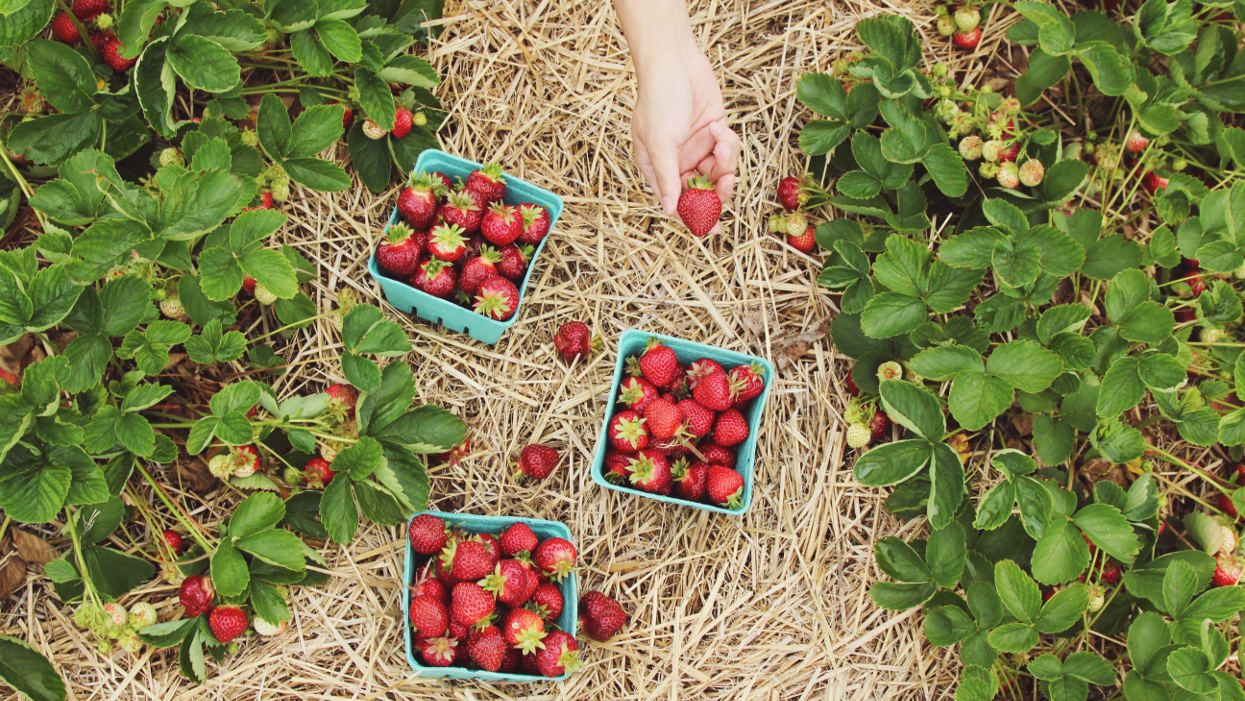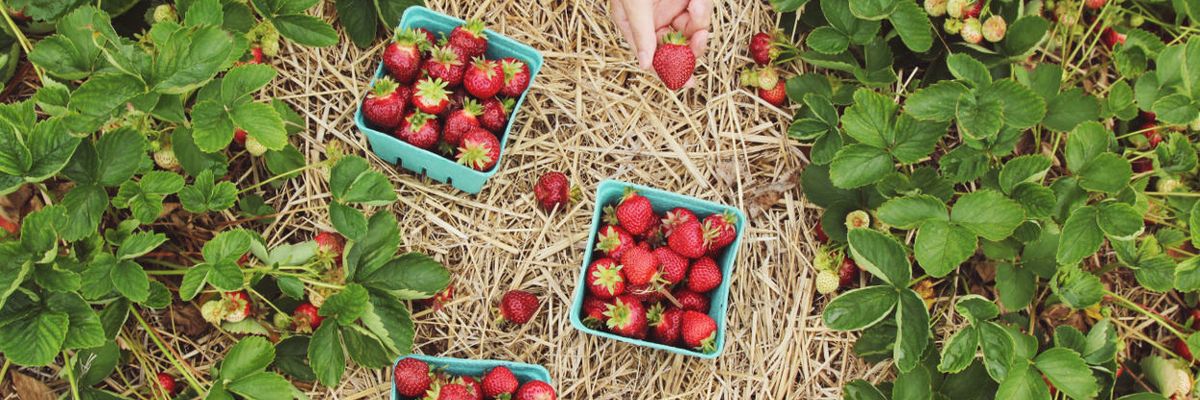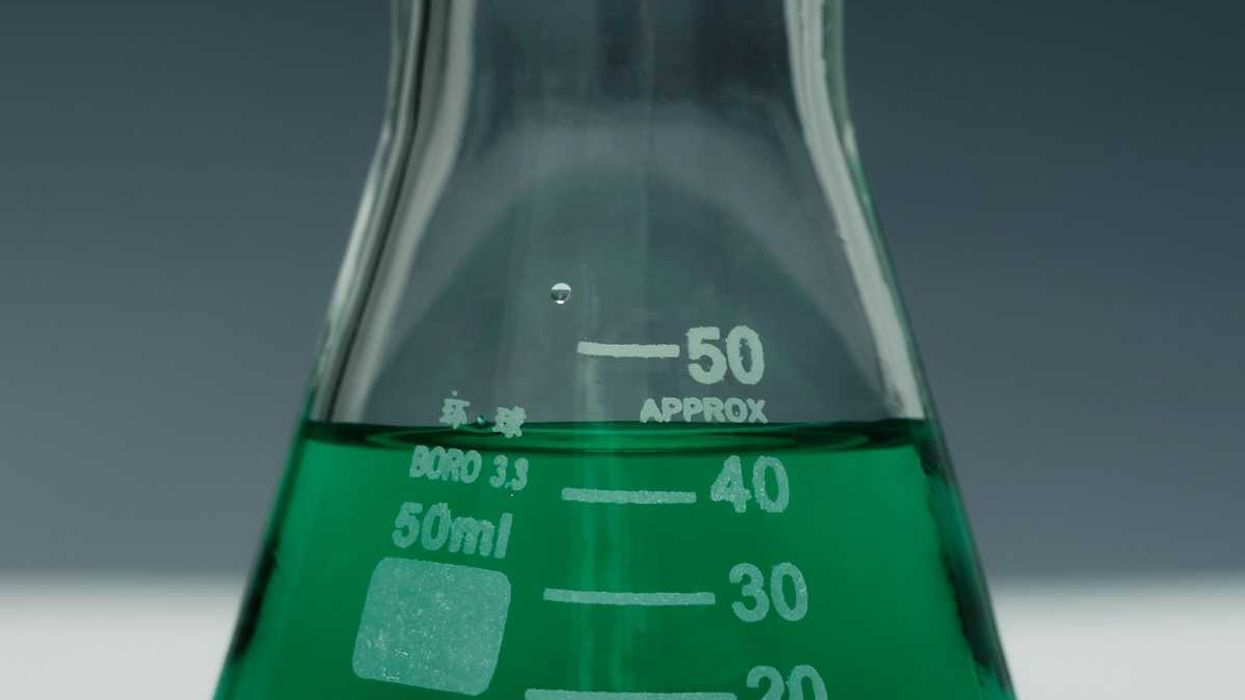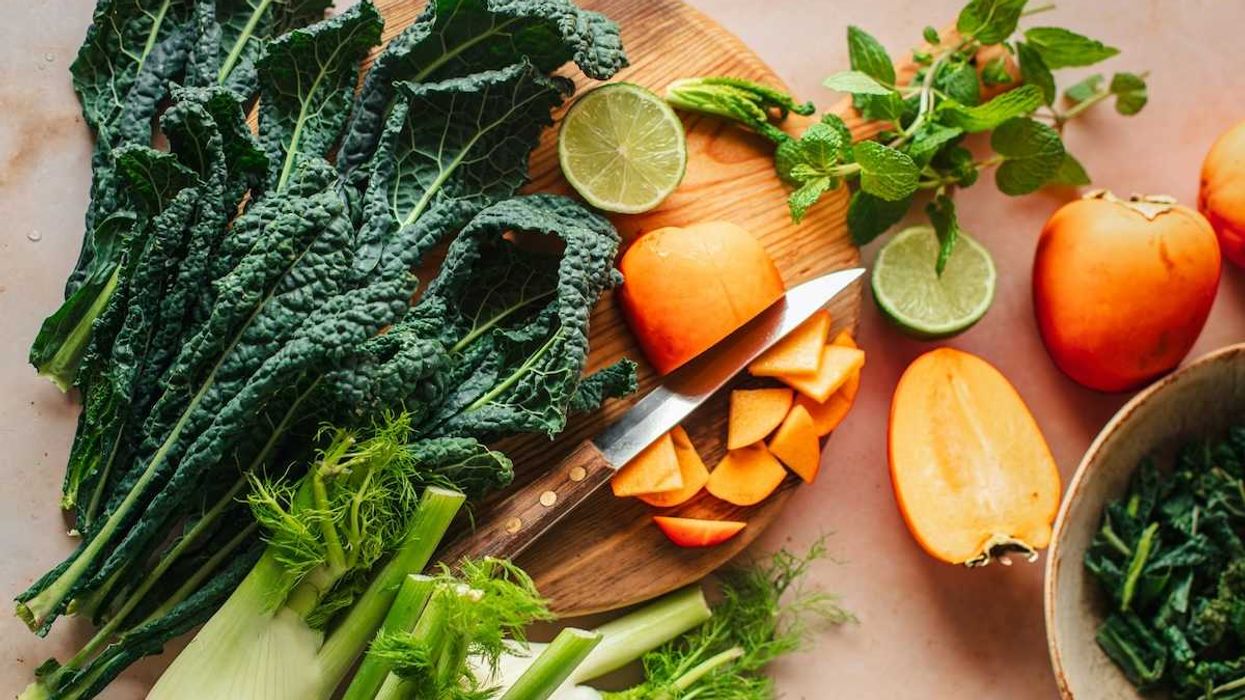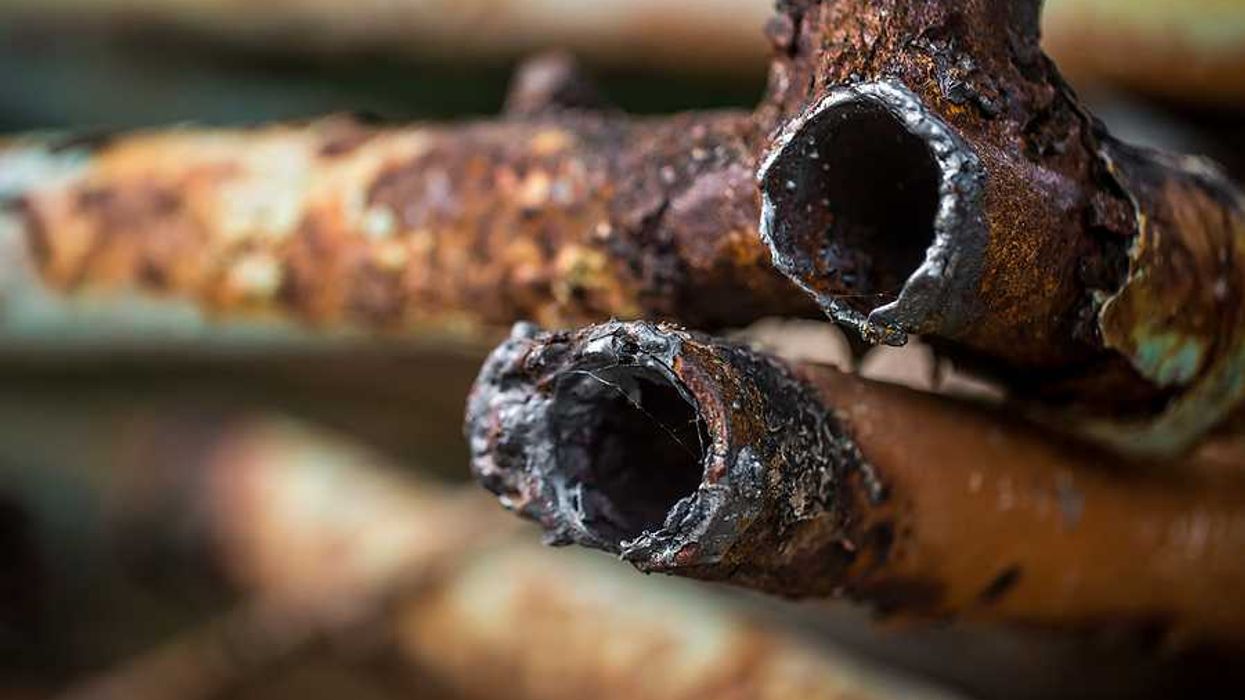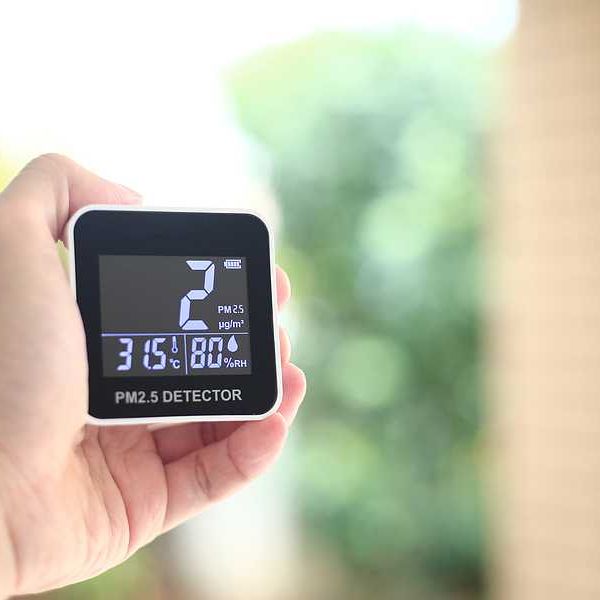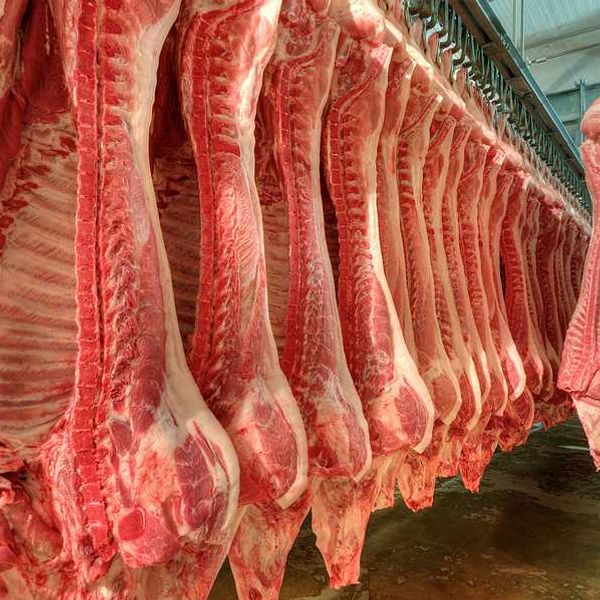If you're going to buy organic, strawberries, spinach, kale, nectarines and apples might be a good place to start.
Those are the top five U.S. fruits and vegetables most tainted with pesticides, according to the annual Shopper's Guide to Pesticides in Produce report from the nonprofit Environmental Working Group.
The report, released today, found nearly 70 percent of U.S. produce is contaminated with pesticides, and more than 225 pesticides or pesticide breakdowns compounds are found on our nation's produce.
There are a broad range of pesticides, and it's still not entirely clear how much residue may harm people.
The U.S. Department of Agriculture, which produces the pesticide data analyzed by EWG, just last December boasted that the U.S. food supply is "among the safest in the world" for pesticide residues.
"More than 99 percent of the samples tested had pesticide residues well below benchmark levels established by the Environmental Protection Agency (EPA)," the agency said in a statement on the most recent round of pesticide testing.
However, the new EWG analysis is concerning because many pesticides found on our food have been linked to cancer, respiratory problems, depression, endocrine disruption and impacts to people's reproductive systems. Studies increasingly show that these health impacts are linked to exposure at levels below the thresholds set by federal agencies such as the EPA.
In addition, many foods had a mixture of pesticides on them—we know very little about how such chemical cocktails may impact our health.
"We see health impacts when people eat fruits and veggies with the highest pesticide loads, [such as] increased risk of cancer and fertility problems in huge epidemiological studies, this suggests people should limit their consumption of foods with the highest pesticide loads and opt for organic whenever possible," Nneka Leiba, co-author of the report and the director of healthy living science at EWG, told EHN.
The EWG report comes on the heels of a couple major studies that linked heavy pesticide consumption to negative health impacts.
Last fall, a study of about 70,000 people by French scientists found a 25 percent decrease in overall cancer risk for people who ate high levels of organic food compared to people who ate very little or no organic food.
And about a year ago, in a study of 325 women undergoing fertility treatment, scientists reported "higher consumption of high–pesticide residue [fruits and vegetables] was associated with lower probabilities of pregnancy and live birth."
Every year EWG analyzes the most recent USDA data (the agency doesn't test every kind of produce every year) on the most popular fruits and vegetables, which include more than 40,000 samples.
This year's "Dirty Dozen" — starting with the most polluted:
- Strawberries
- Spinach
- Kale
- Nectarines
- Apples
- Grapes
- Peaches
- Cherries
- Pears
- Tomatoes
- Celery
- Potatoes
The list is similar to last year's, which also had strawberries and spinach atop the list.
"Even low levels of pesticide exposure can be harmful to children," Dr. Philip Landrigan, a pediatrician and world renowned epidemiologist, said in a statement.
"When possible, parents and caregivers should take steps to lower children's exposures to pesticides while still feeding them diets rich in healthy fruits and vegetables."
Leiba said, of course, eating fruits and vegetables remains vital to good health, and acknowledged that not everyone can afford or has access to organic foods.
Superfood singled out

Credit: Artem Bali/flickr
The new report singles out kale as the most surprising finding this year—more than 92 percent of kale samples showed two or more pesticides. Multiple samples of the popular superfood had 18 different pesticides.
About 60 percent of kale samples contained the pesticide Dacthal, which the EPA classifies as a possible human carcinogen, Alexis Temkin, a co-author of the report and toxicologist at EWG, told EHN.
"The last time kale was tested was in 2006 to 2008, and in 2009 kale was 8th on the [EWG Dirty Dozen] list," Temkin said.
Kale and spinach averaged 10 to 80 percent more pesticide residue by weight compared to other crops.
"Before testing, all produce was washed and peeled, just as people would prepare food for themselves, which shows that simple washing does not remove all pesticides," report authors wrote.
Leiba said the USDA doesn't test for the same pesticides every year, which makes it difficult to compare how pesticide use is trending in the U.S.
"We want to emphasize that all the pesticides used on fruits and vegetables aren't being tested for, and those are tested are showing cause for concern," Leiba said.
Clean 15

Credit: Artem Bali/Unsplash
The report also revealed the fruits and vegetables with the least pesticide residues.
Leiba said this list is helpful for people that cannot get organic versions of the dirty dozen, as it offers healthy produce that consistently tests clean.
Avocados and sweet corn topped that list, with less than 1 percent of samples showing any pesticides.
The entire "Clean Fifteen" list:
- Avocados
- Sweet corn
- Pineapples
- Frozen sweet peas
- Onions
- Papayas
- Eggplants
- Asparagus
- Kiwis
- Cabbages
- Cauliflower
- Cantaloupes
- Broccoli
- Mushrooms
- Honeydew melons

